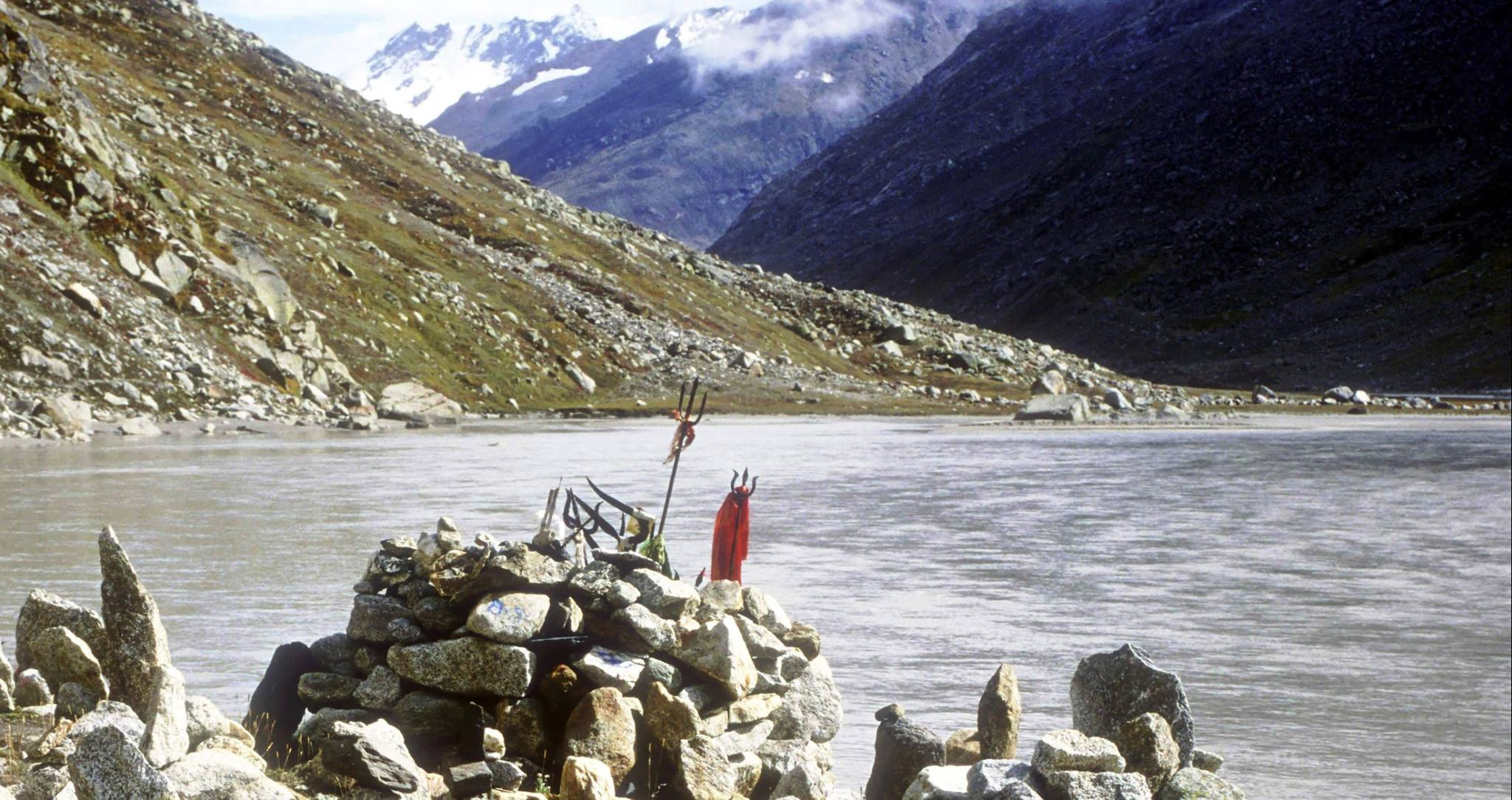Located in the Kullu hills of Himachal Pradesh the Great Himalayan National Park is ranked as one of the best national parks in the world sheltering a rare beauty and a diversity of Himalayan flora and fauna.
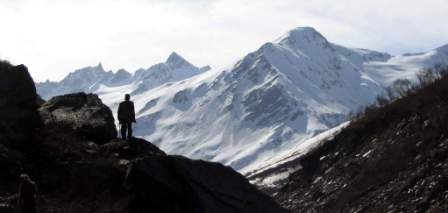
Pin Valley National Park, the Rupi Bhabha Wildlife Sanctuary and the Kanawar Wildlife Sanctuary are the bordering sanctuaries adding additional protection and conservation value to the park.
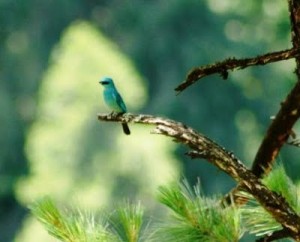
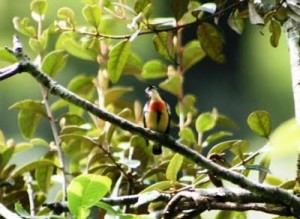
Some of the protected animals in the park include Musk Deer, Brown Bears, Himalayan Tahr, Ibex, Black Bears, Western Tragopan, Monal and rare species of Snow Leopard. Hot springs of Khirganga, Mantalai, Raktisar, Hanskund and SaryolsarLake are with in the park area.
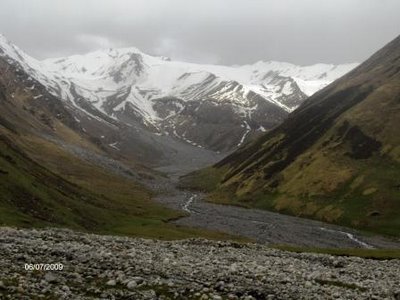
For trek loving people the park provides causal and serious trekking experiences ranging from relatively easy day walks in the Ecozone to challenging treks through the tough terrain.
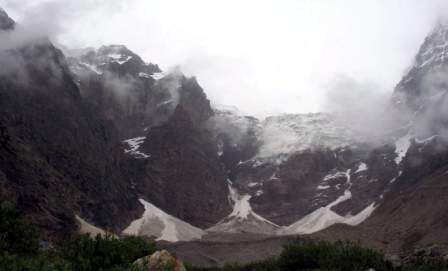
Park Creation
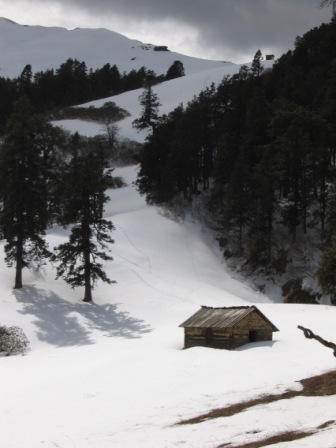
The park was created in1984 and was declared a National Park in 1999, covering an area of 754.4sq.km. It took twenty years from its creation to be realized as part of the IndianNational Park system. Since then many changes were made in the Park and its Eco zone.
Two major changes were made in land use around the Park. First a buffer zone of 5 km covering an area of 265.6 sq km including 2,300 households in 160 villages was outlined as an Ecozone.
The second change was the creation of the Sainj Wildlife Sanctuary of 90sq.km.and Tirthan Wildlife Sanctuary of 65sq.km.
In 2010, both the Sainj and Tirthan Wildlife Sanctuaries were added to GreatHimalayanNational Park. The total area under Park Administration (National Park, Wildlife Sanctuaries and Ecozone) is 1171 sq km, which is together referred to as the Great Himalayan National Park Conservation Area (GHNPCA)
Present Status
GreatHimalayanNational Park at present is in the final stages of a five-year process being assessed for UNESCO World Heritage Site inscription. The Park is contesting along with eight other countries under the criteria of “exceptional natural beauty” and “conservation of biological diversity”.
Dr. Gaeme Woboys one of the senior scientists from IUCN /UNESCO visited Great Himalayan National Park from October 2 to October 14, 2012 to evaluate the park. His report will be included in the judging process to be considered as a world heritage site in the conference of UNESCO to be held at Doha (Quatar) in 2014.
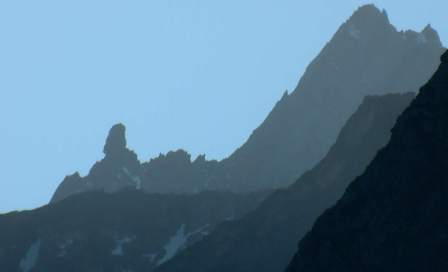
Management of the park is making a series of efforts to make the park a World Heritage Property. In the same process the Sanctuary of Sainj (90sq.km.) and Sanctuary of Tirthan (61sq.km.) are now part of park. Now area of the park has increased from 754.4 sq km to 906sq.km. With this it has become the biggest national park of Himachal Pradesh.
Efforts are also being made to make the Ecozone (265sq.km.) of the park to be as Eco Senstive Zone. The clues of the obstacles in the way of making Great Himalayan National Park as a world heritage property were given in the conference of UNESCO held at Cambodia in mid 2013. It was pointed out there that the park is divided into parts and could face problems in becoming World Heritage property.

